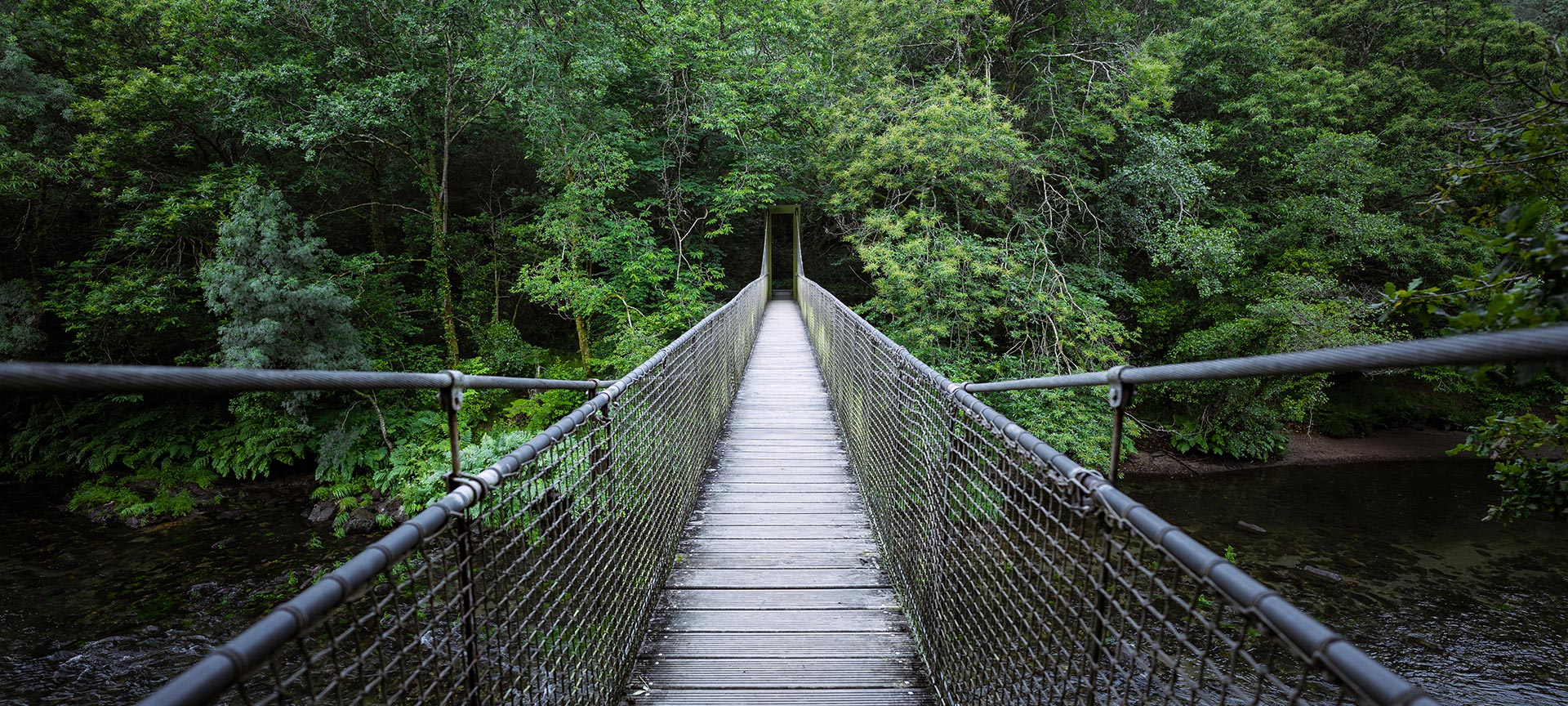
If you travel to this area of northwest Spain, you will find that it is the perfect place to switch off. Its cuisine, its culture, its villages and, above all, its landscapes are truly unique. Galicia has famous spots, such as the incredible beach of Las Catedrales, as well as lesser-known places, located in natural surroundings that are breathtakingly beautiful. Here you will discover five ideal places to enjoy sport, outdoor activities and birdwatching. You will be in what is known as "Green Spain". It's time to take a deep breath and let yourself be carried away by tranquillity.
Debe activar Javascript para poder utilizar este servicio
-
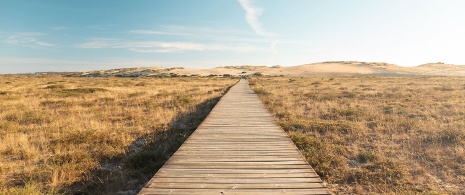
The largest dune in Galicia
In the Dunes of Corrubedo and Carregal and Vixán Lagoons Natural Park you will find the largest dune in Galicia, which is constantly moving. The wind is responsible for shaping this dune complex, changing its outline as it pleases. In order to protect it, it is prohibited to walk along it, although if you travel to this area, you will be able to enjoy the Arousa, Muros and Noia estuaries; lagoons such as Vixán (fresh water) and Carregal (salt water) or beaches such as O Vilar and A Ladeira. Inside the park, you will find excellent viewpoints, such as Pedra da Rá and Castro da Cidá, and the megalithic dolmen of Axeitos. Twenty kilometres to the north, you can also visit the Baroña hill fort, the best preserved in Galicia. And if you love birdwatching, Corrubedo is an ideal enclave thanks to its great ornithological attraction. In the Vixán lagoon, there is a bird observatory from where you can see ducks, cormorants, swans, grey herons, etc. By downloading the Birding Galicia app, you will have access to the best routes for enjoying this activity.
-
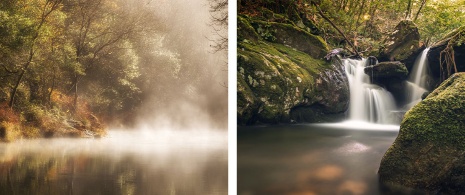
One of Europe's best-preserved Atlantic riparian forests
In the Fragas do Eume Natural Park, the river of the same name is responsible for all the shades of green that you will find on its paths flanked by elms, cork oaks and century-old oaks. It is an example of an autochthonous forest on the Galician coastline.This perfect conservation is largely due to the fact that its 9,000 hectares are inhabited by less than 500 people. So, every time you walk along one of its eight marked hiking trails (such as Os Encomendeiros or Os Cerqueiros), you feel as if you are entering an undiscovered land.Hidden inside the forest, you will find the Caaveiro Monastery, with more than 10 centuries of history and spectacular views. And another curiosity: the park houses the Sotavento Experimental Wind Farm, dedicated to spreading awareness on renewable energies.If instead of walking you prefer paddling, you can get into a kayak and paddle along the 10 kilometres of the Frei Bermuz River to its confluence with the Eume. In addition, almost 30 species of amphibians and reptiles, 103 species of birds and 41 species of mammals, including wild cats, have been catalogued in this park.
-
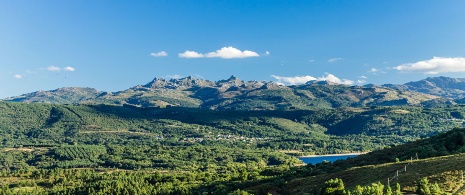
A stronghold of history and wilderness
In the Baixa Limia - Serra do Xurés Natural Park, nature can be enjoyed in many ways. If you like to discover new species of plants and animals, in this space, which was declared a Biosphere Reserve in 2009, you will find more than 150 species of birds, 117 endemic floral species, such as the Xurés lily; and also the native Cachena cow. Do you want to go hiking? The Via Nova nature trail is like a journey back in time, as it runs along what was once a Roman road with more than 2,000 years of history. On the other hand, the trails of O Xurés, adapted to all levels, offer unparalleled landscapes, where rivers and charming villages are the protagonists. You will come across natural wonders, such as the A Fecha waterfall, or surprising villages, such as Casolas, built on a 20% slope. In addition, the Serra do Xurés mountain bike centre offers nine routes covering more than 250 kilometres. The Megalithic route and the Outeiro de Cela Forest Park route stand out. More information
-

Nature in a place where time has stood still
Around 6,000 hectares in which you can enjoy nature with all five senses; this is the O Invernadeiro Natural Park, the heart of a beautiful mountainous area that is practically unpopulated.The rivers Ribeira Grande and Ribeira Pequena have been responsible for creating this unique landscape for thousands of years. A natural park that has become home to deer, fallow deer, mountain goats, mouflon and chamois, which you can find along the Cercados route. With a bit of luck, you will not only see eagles, hawks and black vultures, but you may also spot some of the wolf packs that inhabit these mountains.If you like cycling, next to the park there is a mountain bike centre, which has more than 240 kilometres on 12 unique routes, adapted to all levels and with all kinds of amenities.Don't miss the chance to take a photograph at the baroque sanctuary of As Ermidas, perched on the hillside between vineyards.
-
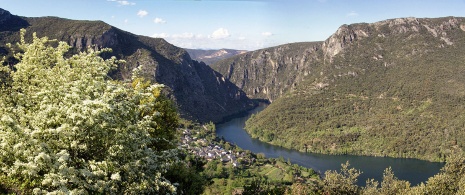
The Mediterranean in Galicia
You read that right. A landscape with Mediterranean overtones in the heart of the province of Ourense. The Serra da Enciña da Lastra Natural Park owes its name to the large holm oak that for hundreds of years served as a reference point for travellers passing through these lands. Its Mediterranean climate and limestone soils have given rise to a unique environment, where the caves are a real attraction for speleologists and historians, as archaeological remains from the Bronze Age have been found there. If you are interested in this subject, you can learn more about them at the visitor centre in Covas and Biobra. Also be prepared to find meadows perfumed with the scent of wild thyme and more than 25 species of orchids. And if instead of the caves, you prefer to observe the sky, you can become an ornithologist while watching golden eagles or peregrine falcons through your binoculars. This is because this park is home to the highest concentration of nesting birds in Galicia. The best thing is that you will be able to observe them as you follow the routes (on foot and by car) through the natural park.










